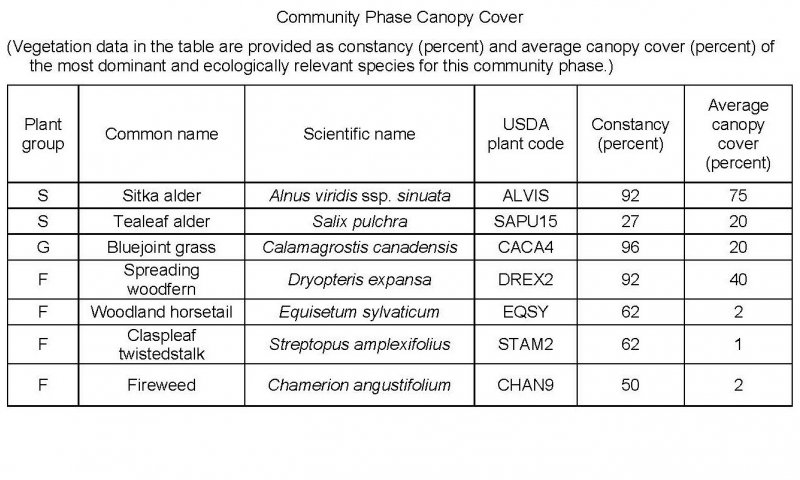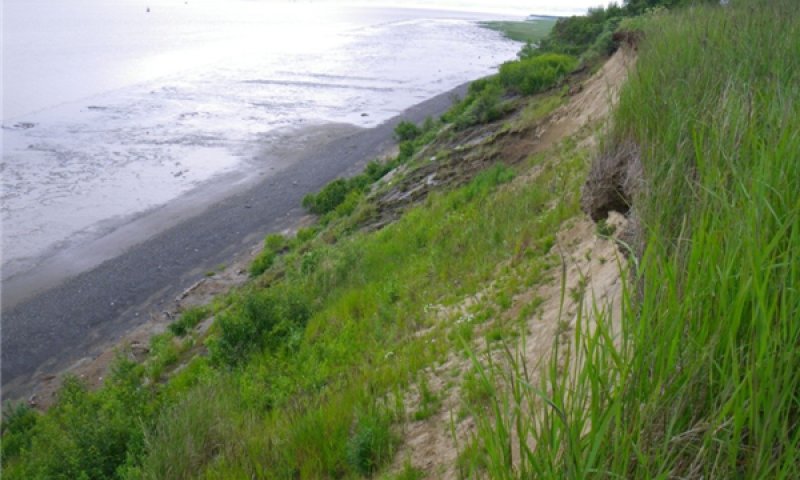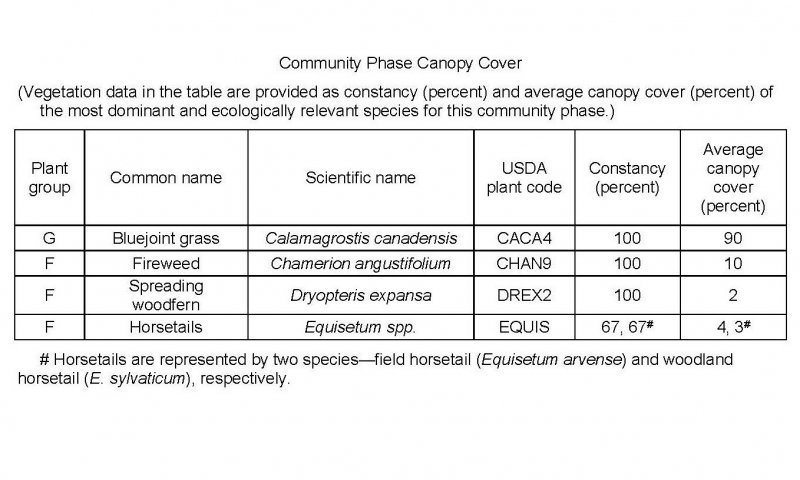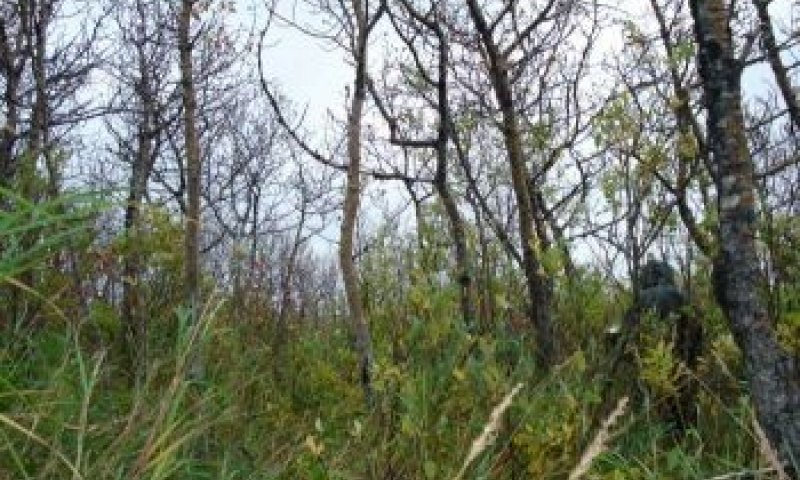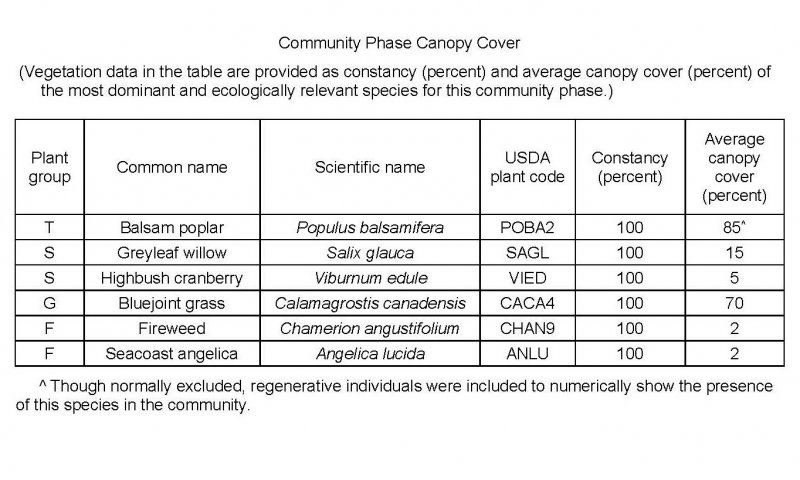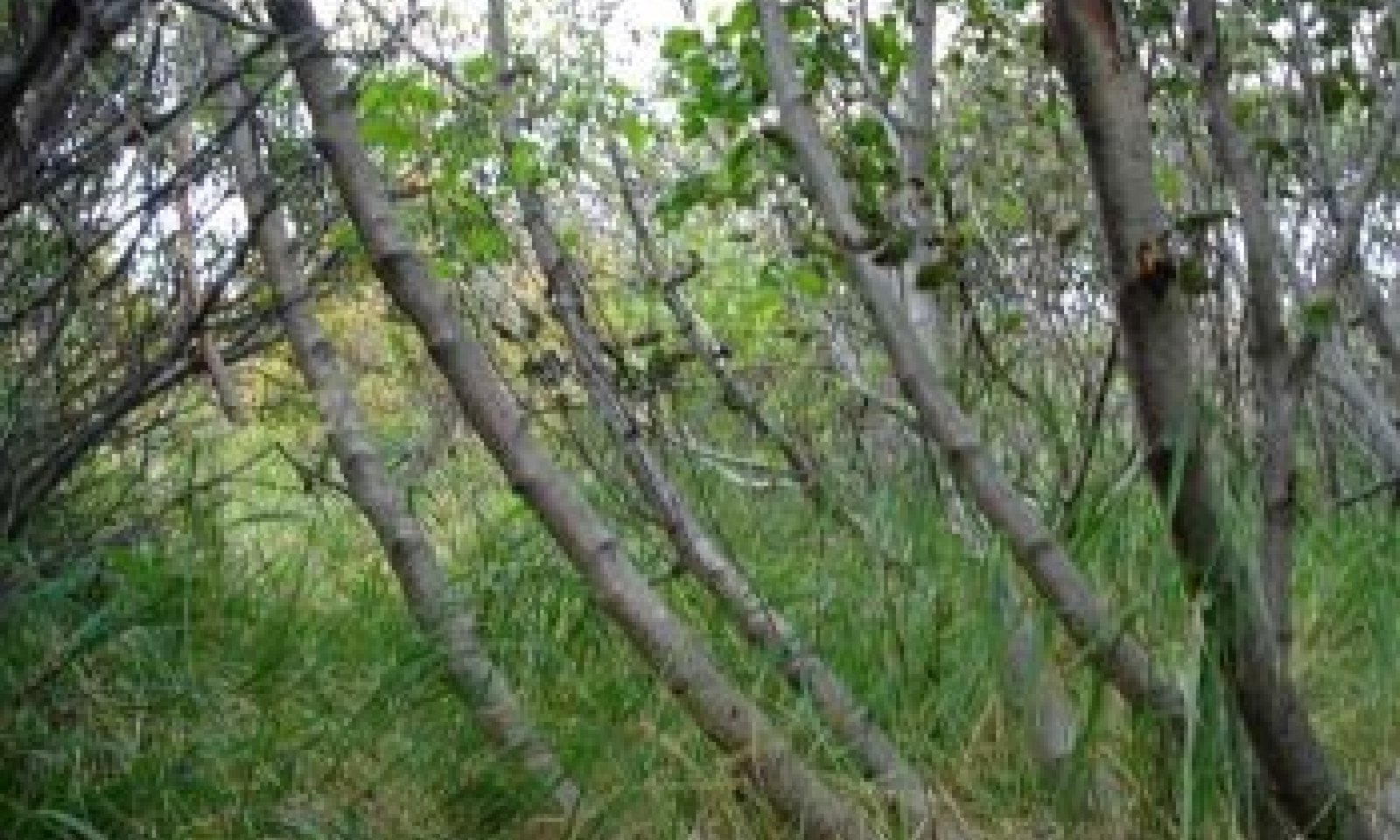

Natural Resources
Conservation Service
Ecological site R236XY124AK
Subarctic Tall Scrub Loamy Convex Hillslopes
Last updated: 2/13/2024
Accessed: 12/22/2025
General information
Provisional. A provisional ecological site description has undergone quality control and quality assurance review. It contains a working state and transition model and enough information to identify the ecological site.

Figure 1. Mapped extent
Areas shown in blue indicate the maximum mapped extent of this ecological site. Other ecological sites likely occur within the highlighted areas. It is also possible for this ecological site to occur outside of highlighted areas if detailed soil survey has not been completed or recently updated.
MLRA notes
Major Land Resource Area (MLRA): 236X–Bristol Bay-Northern Alaska Peninsula Lowlands
The Bristol Bay-Northern Alaska Peninsula Lowland Major Land Resource Area (MLRA 236) is located in Western Alaska. This MLRA covers approximately 19,500 square miles and is defined by an expanse of nearly level to rolling lowlands, uplands and low to moderate hills bordered by long, mountain footslopes. Major rivers include the Egegik, Mulchatna, Naknek, Nushagak, and Wood River. MLRA 236 is in the zone of discontinuous permafrost. It is primarily in areas with finer textured soils on terraces, rolling uplands and footslopes. This MLRA was glaciated during the early to middle Pleistocene. Moraine and glaciofluvial deposits cover around sixty percent of the MLRA. Alluvium and coastal deposits make up a large portion of the remaining area (Kautz et al., 2012; USDA, 2006).
Climate patterns across this MLRA shift as one moves away from the coast. A maritime climate is prominent along the coast, while continental weather, commonly associated with Interior Alaska, is more influential inland. Across the MLRA, summers are general short and warm while winters are long and cold. Mean annual precipitation is 13 to 50 inches, with increased precipitation at higher elevations and areas away from the coast. Mean annual temperatures is between 30 and 36 degrees F (USDA, 2006).
The Bristol Bay-Northern Alaska Peninsula MLRA is principally undeveloped wilderness. Federally managed land includes parts of the Katmai and Aniakchak National Parks, and the Alaska Peninsula, Becharof, Togiak and Alaska Maritime National Wildlife Refuges. The MLRA is sparsely populated. Principal communities include Dillingham, Naknek, and King Salmon. Commercial fishing in Bristol Bay and the Bering Sea comprises a major part of economic activity in the MLRA. Other land uses include subsistence activities (fishing, hunting, and gathering) and sport hunting and fishing (USDA, 2006).
Ecological site concept
This site is on linear and convex slopes of rolling plains and hill shoulders. Site elevation is between 70 and 1,980 feet above sea level. Slopes range from nearly level to very steep (0 – 42 percent). low soil fertility, soil acidity, and an erosional disturbance regime shape the vegetation in the reference state.
The reference state supports two communities. The reference plant community is characterized as a closed tall scrubland (Viereck et al., 1992). It is composed of an alder canopy with bluejoint and spreading woodfern in the understory. There is an alternate state associated with human disturbance.
Associated sites
| F236XY115AK |
Boreal Forest Loamy Moist Slopes F236XY115AK describes mixed forests on rounded mountain backslopes. These areas are downslope of the alder-bearing hill shoulders described by this site. |
|---|---|
| F236XY171AK |
Subarctic Woodland Loamy Slopes F236XY171AK describes forested plains. These areas are downslope of the hill shoulder positions described by this ecological site. Differences in soil characteristics and disturbance regimes are main drivers in shaping the vegetation on these sites. |
| R236XY132AK |
Subarctic Dwarf Scrub Dry Loamy Slopes Both sites are found on hill shoulders. R236XY132AK describes low scrub communities that do not support the alder found in this site. Differences is exposure and soil properties, including cryoturbation in R236XY132AK, create separate reference plant communities. |
| R236XY130AK |
Subarctic Scrub Scrub Tundra Loamy Plains and Hills R236XY130AK describes low scrub communities on hill toeslopes. These positions are downslope of areas described by R236XY124AK. |
Similar sites
| R236XY105AK |
Subarctic Scrub Mosaic Gravelly Hillslopes Both sites support dense alder in the reference plant community. R236XY105AK supports a mosaic of alder and low shrub areas on hill backslopes. Those positions are downslope of the shoulder sites that support R236XY124AK. |
|---|
Table 1. Dominant plant species
| Tree |
Not specified |
|---|---|
| Shrub |
(1) Alnus viridis subsp. sinuata |
| Herbaceous |
(1) Dryopteris expansa |
Click on box and path labels to scroll to the respective text.
Ecosystem states
| T1A | - | Anthropogenic land use. |
|---|---|---|
| R2A | - | Restoration practice |
State 1 submodel, plant communities
| 1.1a | - | Erosion. |
|---|---|---|
| 1.2a | - | Erosion recovery. |

